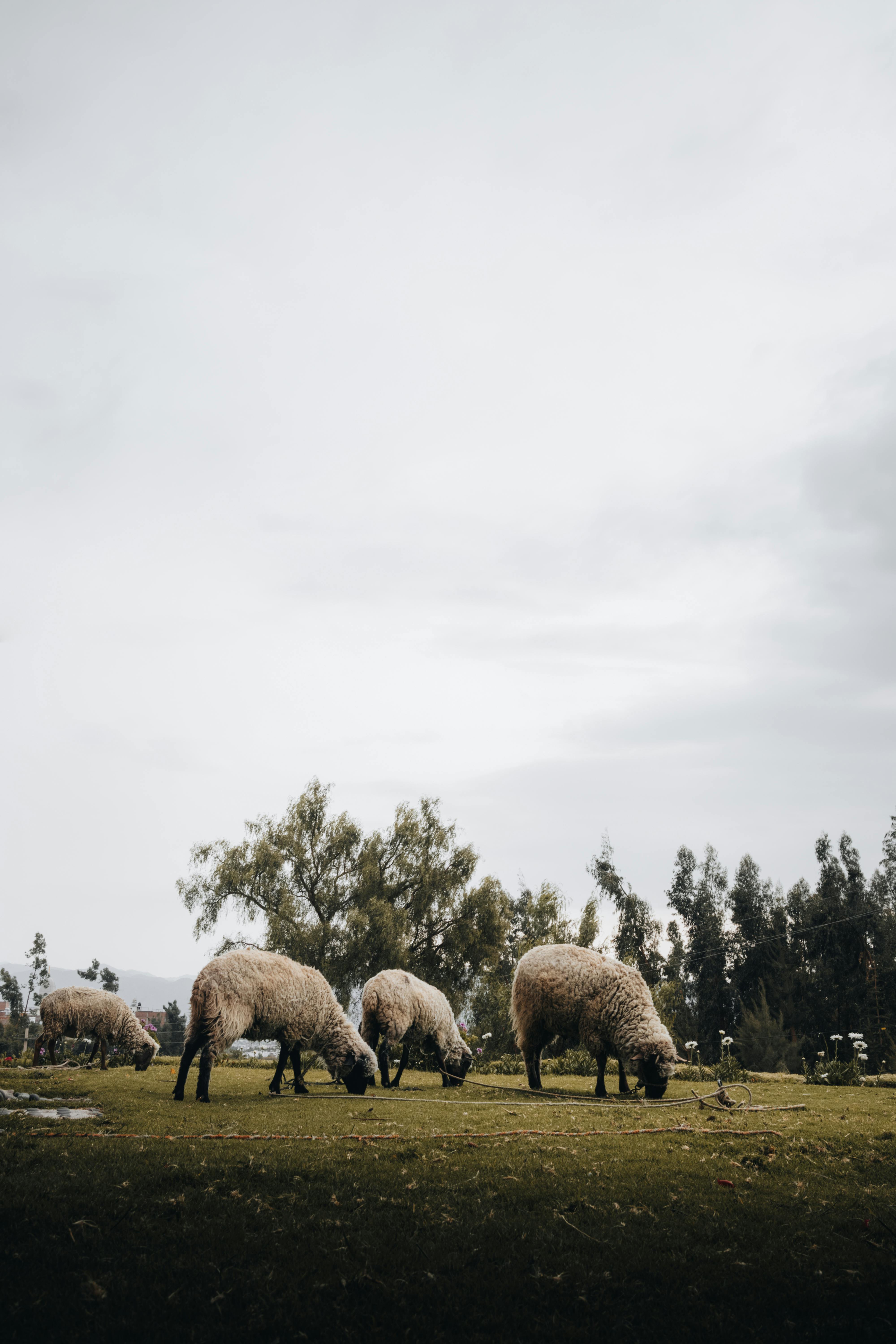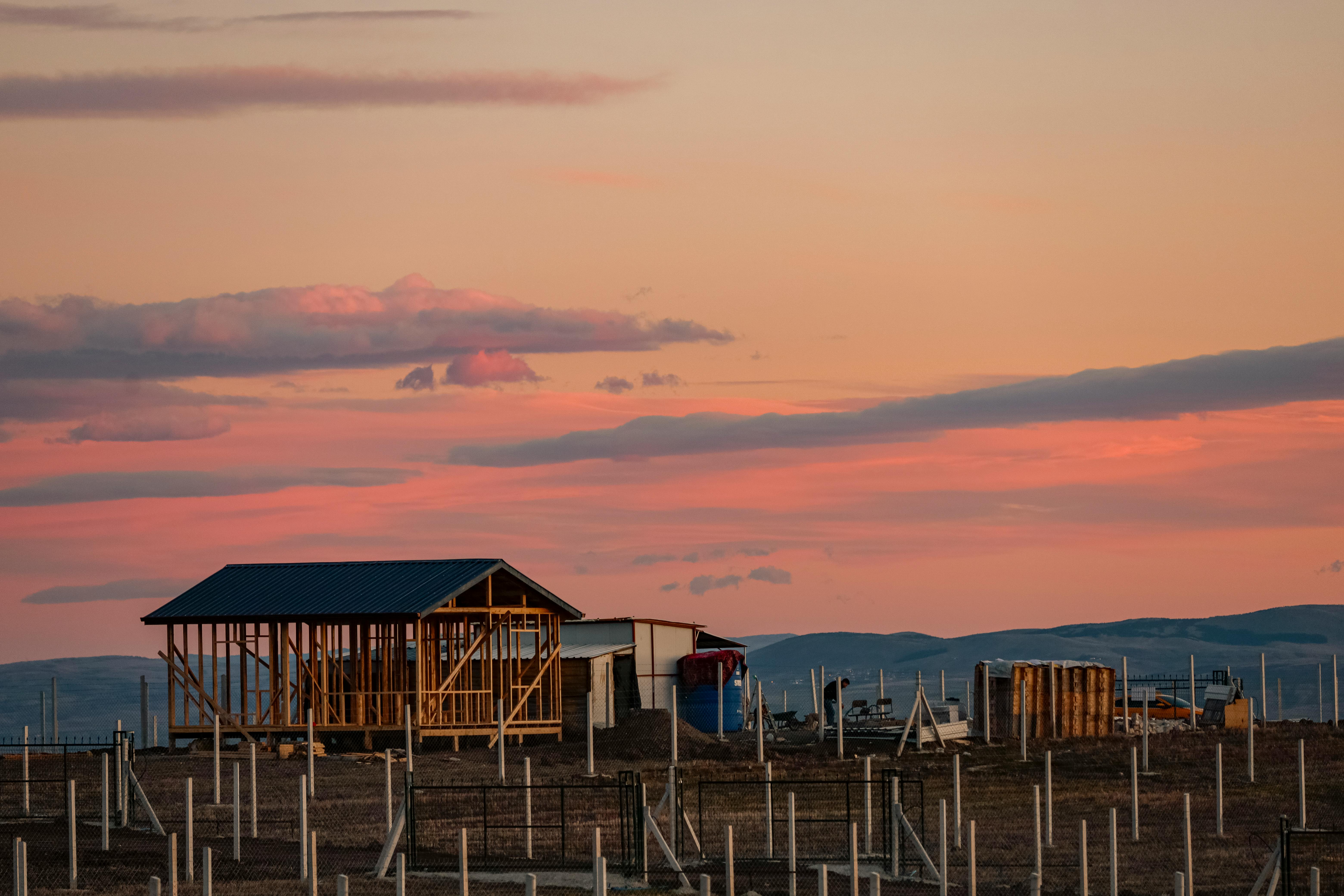Are you interested in finding the best hydroponic method to grow your plants? Look no further! In this article, we will explore the various hydroponic methods available and discuss their effectiveness. Whether you are a seasoned hydroponic gardener or just starting out, this article will provide you with the necessary information to choose the most effective method for your plants’ growth and ensure a successful harvest. So, let’s dive in and discover the most efficient hydroponic method for your gardening needs.
Aeroponics
Definition
Aeroponics is a hydroponic method in which plants are grown without the use of soil. Instead, plants are suspended in an environment where their roots are constantly exposed to a fine mist or air containing nutrients. This mist is delivered by a system of nozzles or sprayers, ensuring that the roots are adequately nourished.
How it Works
In aeroponics, plant roots are kept in a dark, enclosed space with adjustable humidity levels. They are periodically misted with a nutrient-rich solution, providing them with the necessary elements for growth. The roots are exposed to the air, allowing them to absorb oxygen and moisture efficiently, promoting rapid plant development. This method requires precise control of the misting system and nutrient levels to ensure optimal plant health.
Advantages
Aeroponics offers several advantages over traditional soil-based growing methods. Firstly, it allows for faster growth rates and higher yields, as plants receive more oxygen and nutrients. This can be particularly beneficial for commercial farmers looking to maximize their production. Secondly, since aeroponics does not rely on soil, it is a more environmentally friendly option, as it minimizes water usage and eliminates the need for harmful pesticides or herbicides. Additionally, the lack of soil also reduces the risk of soil-borne diseases and pests, providing a cleaner and healthier growing environment.
Disadvantages
Despite its many advantages, aeroponics does have some drawbacks. One major challenge is the complexity and cost of setting up and maintaining the system. The misting system requires careful monitoring to ensure the plants receive the appropriate level of moisture, and any malfunction can have detrimental effects on the crops. Additionally, the reliance on a steady supply of electricity and water can make aeroponics less feasible in remote or resource-limited areas. Lastly, the initial investment cost of aeroponic equipment and infrastructure can be quite high, making it less accessible for small-scale growers or hobbyists.
Nutrient Film Technique (NFT)
Definition
Nutrient Film Technique (NFT) is a popular hydroponic method that involves growing plants in a continuously flowing film of nutrient-rich water. In this system, plants are supported by a sloping channel or tube, with a thin film of nutrient solution flowing over the roots.
How it Works
NFT systems use gravity to create a constant flow of nutrient solution over the roots of the plants. The plants are placed in a sloping channel or tube, which ensures that the roots are in contact with the thin film of nutrient-rich water. Excess solution is collected at the end of the channel and recycled back to the reservoir. The roots absorb the necessary nutrients from the film, while also receiving oxygen through air spaces in the channel.
Advantages
One of the main advantages of NFT is its water efficiency. The continual flow of nutrient solution ensures that plants receive a constant supply of water, minimizing waste. Moreover, the exposed roots have access to oxygen, promoting healthy growth. NFT systems also allow for high-density planting and scalability, making them suitable for commercial farming. Additionally, because NFT does not require a growing medium, it eliminates the need for soil, reducing the risk of soil-borne diseases or pests.
Disadvantages
NFT has a few potential drawbacks to consider. One of the challenges is maintaining the correct flow rate of the nutrient film. If the flow is too slow, the roots may not obtain enough nutrients, while a fast flow can lead to waterlogging and poor oxygenation. Another limitation is the reliance on a constant electricity supply to keep the nutrient solution flowing. Power outages or equipment malfunctions can have immediate negative impacts on plant health. Furthermore, as the roots are exposed to the air, they are more vulnerable to drying out, requiring diligent monitoring and maintenance.

Deep Water Culture (DWC)
Definition
Deep Water Culture (DWC) is a hydroponic system that involves suspending plant roots in a nutrient-rich solution, with constant aeration to promote oxygen uptake. In this method, plants are held in place by a floating platform, with their roots submerged in the nutrient solution.
How it Works
DWC is relatively simple yet effective. The roots of the plants are immersed in a reservoir or a specially designed container that holds the nutrient solution. An air pump is used to continuously supply oxygen to the solution, ensuring the roots receive adequate oxygenation. The floating platform supports the plants and prevents their roots from submerging completely, allowing them to absorb nutrients and moisture as needed.
Advantages
DWC offers several advantages for hydroponic growers. One of the key benefits is the ease of setup and maintenance. The system generally has fewer moving parts or complex components, making it more accessible for beginners or small-scale growers. The continuous oxygenation of the nutrient solution promotes healthy root growth and better nutrient uptake. DWC is also known for its high water efficiency, as the roots absorb nutrients directly from the solution, minimizing wastage.
Disadvantages
One potential drawback of DWC is the risk of root rot or oxygen deprivation. If the air pump fails or there are issues with oxygen supply, the plant roots can suffer from insufficient oxygenation, leading to stunted growth or even death. Additionally, DWC can be limited in terms of plant variety, as some crops may not fare well with their roots constantly submerged. The size and weight of the floating platform can also be a consideration, as it may limit the number of plants that can be accommodated in a single system.
Drip System
Definition
The drip system, also known as drip irrigation, is a widely used hydroponic method that involves delivering a precise amount of nutrient solution directly to the plant roots through a network of drip lines or emitters.
How it Works
In a drip system, plants are usually grown in an inert medium, such as peat moss or coco coir. A nutrient solution is pumped into a reservoir and then distributed to the plants through a network of tubes and emitters. The emitters release the solution in a controlled manner, ensuring that each plant receives the necessary amount of nutrients and moisture.
Advantages
Drip systems offer several advantages for hydroponic gardening. Firstly, they allow for precise control over nutrient delivery, ensuring that plants receive the right amount of nutrients for optimal growth. Drip systems are highly efficient when it comes to water usage, as they supply water directly to the root zone without wastage. This can be particularly beneficial in regions with limited water availability. Moreover, the use of an inert growing medium in the system reduces the risk of soil-borne diseases and pests, providing a cleaner and healthier growing environment.
Disadvantages
Despite its effectiveness, the drip system has a few potential disadvantages. One issue is the regular maintenance necessary to prevent clogging or blockages in the emitters, as any malfunction can affect the nutrient delivery to the plants. The initial setup of the system can also be more complicated compared to other hydroponic methods, requiring precise planning and installation of the drip lines. Furthermore, drip systems can sometimes result in uneven nutrient distribution, as certain areas may receive more or less solution depending on the flow rate and emitter positioning.

Ebb and Flow
Definition
Ebb and Flow, also known as flood and drain, is a hydroponic system in which plants are periodically flooded with a nutrient solution and then drained. This mimics the natural cycle of tides, providing plants with periods of hydration and aeration.
How it Works
In an ebb and flow system, plant containers or trays are filled with an inert growing medium, such as perlite or gravel. The nutrient solution is periodically pumped from a reservoir into the containers, flooding the roots of the plants. After a set period of time, the excess solution is drained back into the reservoir, allowing the roots to access oxygen and preventing waterlogging.
Advantages
The ebb and flow system offers several advantages for hydroponic growers. One of the key benefits is the improved oxygenation of the roots during the draining phase, promoting healthier root growth. This method also allows for flexibility in plant spacing and arrangement, as different containers can be flooded and drained at different times. Additionally, ebb and flow systems are relatively simple to set up and maintain, making them suitable for both commercial and hobbyist growers.
Disadvantages
While ebb and flow systems are effective, they do have a few potential disadvantages. One challenge is ensuring proper drainage and avoiding overflooding, as excessive flooding can lead to root rot or nutrient imbalances. The timing and duration of each flooding cycle need to be carefully calibrated to avoid these issues. Additionally, the use of an inert growing medium in this system can lead to a higher risk of root clogging or compaction. Regular monitoring and maintenance are necessary to prevent these problems and ensure optimal plant health.
Wick System
Definition
The wick system is a simple, passive hydroponic method that relies on capillary action to transfer nutrients from a reservoir to the plant roots. It is an ideal choice for small-scale or low-maintenance hydroponic setups.
How it Works
In a wick system, plants are typically grown in a porous medium, such as coconut coir or vermiculite. A wick, made of a material like cotton or nylon, is inserted into the growing medium and extends into the nutrient solution in the reservoir. The capillary action of the wick draws the nutrients upward, ensuring a continuous supply to the roots. As the plants absorb the solution, the wick replenishes it from the reservoir.
Advantages
The wick system offers several advantages for hydroponic gardening, particularly for beginners or those looking for a low-maintenance option. It requires no electricity or moving parts, making it a cost-effective and reliable method. The system also provides a consistent supply of nutrients to the plants, keeping them adequately nourished. In addition, the wick system can be easily adapted to various container sizes, making it suitable for a wide range of plants.
Disadvantages
While the wick system is simple and reliable, it does have a few limitations to consider. One drawback is the slower nutrient uptake compared to more active systems, which can result in slower growth rates and reduced yields. The system may not be suitable for larger plants or crops with high nutrient demands. Additionally, monitoring and adjusting the nutrient solution strength can be more challenging in the wick system, as there is limited control over nutrient levels once the wick is established.

Dutch Bucket System
Definition
The Dutch Bucket system, also known as the Bato Bucket system, is a popular hydroponic method that involves growing plants in individual buckets or containers filled with an inert medium. This system is commonly used for growing tomatoes, cucumbers, and other vine crops.
How it Works
Dutch Bucket systems consist of individual containers that hold plants and a medium, such as perlite or coconut coir. Each container has a drain at the bottom, connected to a central reservoir. The nutrient solution is pumped into the reservoir and distributed to each bucket through a series of drippers or channels. Excess solution is collected and recycled back to the reservoir. The plants’ roots grow directly into the containers, accessing the nutrient solution and medium for growth.
Advantages
The Dutch Bucket system offers several advantages for growing vine crops and larger plants. The individual buckets provide a controlled environment for each plant, allowing for precise nutrient delivery and optimal root development. This system also has excellent water efficiency, as any excess solution is collected and reused, minimizing waste. Dutch Bucket systems are scalable and can be easily expanded to accommodate larger crop volumes, making them suitable for commercial farming.
Disadvantages
Despite their benefits, Dutch Bucket systems have a few drawbacks to consider. One challenge is the potential for uneven nutrient distribution. If the drippers or channels are not properly positioned or maintained, certain plants may receive more or less solution than others. The setup of the system can also be more complex compared to other hydroponic methods, requiring careful planning and installation to ensure proper drainage and water flow. Moreover, the cost of acquiring and maintaining individual containers can be higher, especially for larger-scale operations.
Vertical Tower
Definition
Vertical Tower, or vertical hydroponics, is a system that utilizes vertical space to grow plants in stacked layers. This method maximizes the number of plants that can be grown within a limited area, making it ideal for urban environments or areas with limited space.
How it Works
Vertical Tower systems consist of stacked containers or trays, typically made of PVC or other suitable materials. Each layer holds a growing medium, such as rockwool or foam, where plants are placed. Nutrient solution is distributed through a network of channels or drippers, allowing it to circulate and nourish each layer. Gravity allows excess solution to flow down to a collection reservoir, which can be recycled back to the nutrient solution supply.
Advantages
Vertical Tower systems offer several advantages for maximizing space and crop production. The vertical layout allows for greater plant density, as multiple layers can be stacked vertically. This is particularly beneficial for urban farming or areas with limited land availability. Vertical Tower systems also provide better light and air exposure to the plants, promoting healthy growth. Additionally, the system reduces the risk of soil-borne diseases or pests, as plants are grown in a controlled environment without soil.
Disadvantages
While Vertical Tower systems are efficient in terms of space utilization, they do have a few potential disadvantages. One challenge is the need for precise nutrient delivery and circulation throughout each layer, ensuring all plants receive adequate nourishment. Uneven distribution of the nutrient solution can result in some plants receiving more or less nutrients, affecting overall growth and yield. The initial setup cost of Vertical Tower systems can also be higher due to the need for stacked containers and suitable support structures.
Aquaponics
Definition
Aquaponics is a unique and sustainable hydroponic system that combines fish farming (aquaculture) with plant cultivation (hydroponics). It utilizes the natural relationship between fish and plants, creating a mutually beneficial ecosystem.
How it Works
In an aquaponic system, fish are raised in a separate tank or pond, producing waste in the form of ammonia-rich water. This water is then pumped into a hydroponic growing area, where plants are grown in an inert medium or floating beds. The plants take up the ammonia as a nutrient source, filtering the water and removing harmful substances. The filtered water is then recirculated back to the fish tank, creating a continuous cycle of nutrient-rich water for both the fish and the plants.
Advantages
Aquaponics offers several advantages over traditional hydroponics. Firstly, it is a sustainable and environmentally friendly system, as it reduces the need for chemical fertilizers and eliminates the discharge of nutrient-rich water into the environment. Secondly, aquaponics provides a more balanced and complete nutrient profile for the plants, as they receive natural nutrients from the fish waste. This often results in healthier and more flavorful crops. Additionally, the fish component of the system can be harvested for food, adding an additional source of income or food security.
Disadvantages
While aquaponics has many benefits, it also comes with a few challenges. One concern is the complexity of managing both the fish and plant components of the system. Adequate care and monitoring are necessary to ensure proper fish health, water quality, and nutrient balance. The initial setup cost for aquaponic systems can also be higher compared to traditional hydroponics, as it requires tanks or ponds for fish and more complex filtration systems. Moreover, certain fish species may not be suitable for aquaponics or require specific environmental conditions, limiting the choices for aquaponic farmers.
Kratky Method
Definition
The Kratky method is a passive hydroponic technique that requires no pumps or air supply. It is a simple and low-maintenance method that can be used for small-scale growing, particularly for leafy greens and herbs.
How it Works
In the Kratky method, plants are grown in containers filled with an inert medium, such as perlite or vermiculite. The containers are partially filled with a nutrient solution, providing initial nourishment for the plants. The containers are then left undisturbed, allowing the roots to grow and absorb the solution as needed. As the plants consume the solution, the nutrient level gradually decreases, creating an air gap between the solution and the roots, providing the necessary oxygen.
Advantages
The Kratky method offers several advantages for beginners or those looking for a low-maintenance hydroponic option. It requires no electricity, pumps, or air supply, making it a cost-effective and reliable method. The simplicity of the system also makes it easy to set up and maintain. The Kratky method is suitable for growing leafy greens and herbs, providing them with adequate moisture and nutrient supply. Additionally, the method allows for water conservation, as it uses only the necessary amount of solution, minimizing wastage.
Disadvantages
While the Kratky method is straightforward and efficient, it does have a few limitations. One drawback is the limited growth potential for larger plants or crops with high nutrient demands, as the nutrient solution is not continuously replenished. The size and weight of the containers can also be a consideration, as they may limit the number of plants that can be grown in a single system. Additionally, the lack of aeration in the nutrient solution can potentially lead to imbalances or insufficient oxygenation, necessitating careful monitoring and management.





